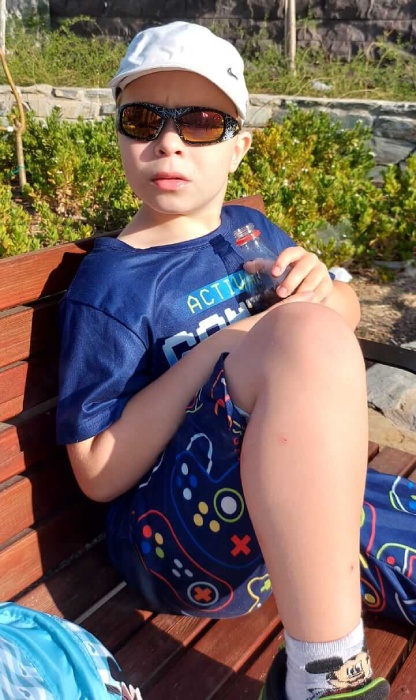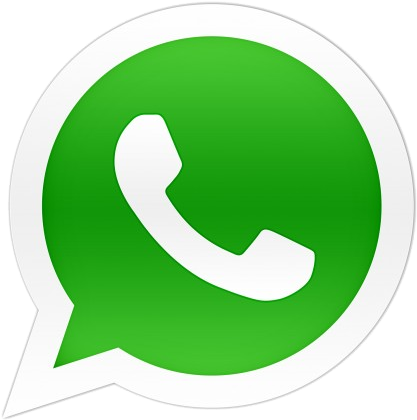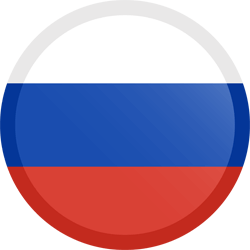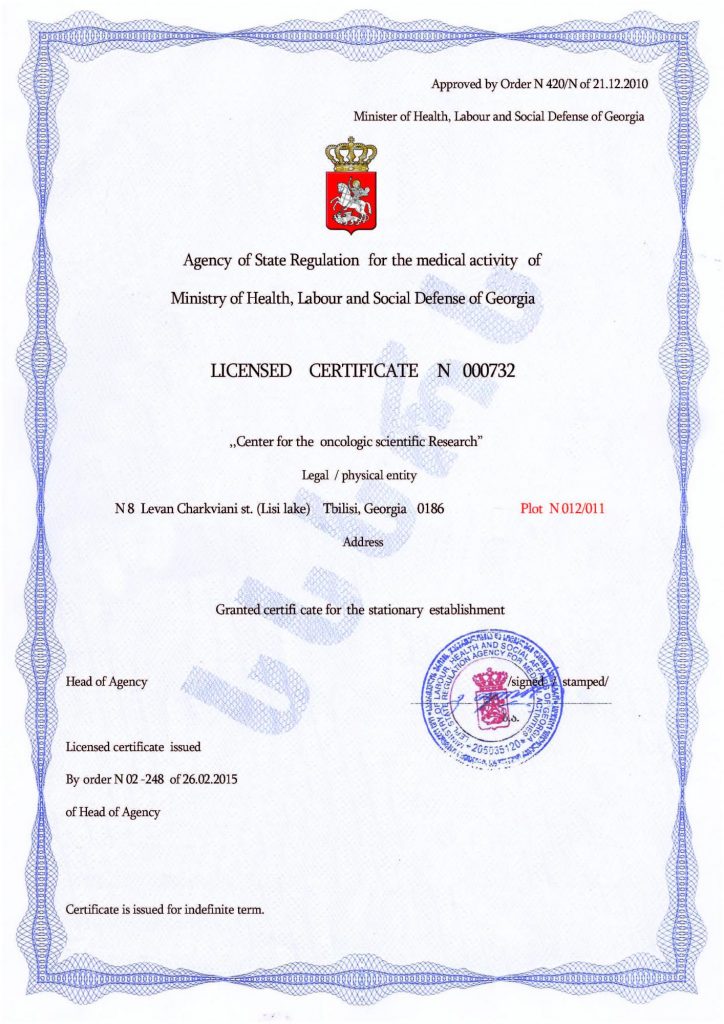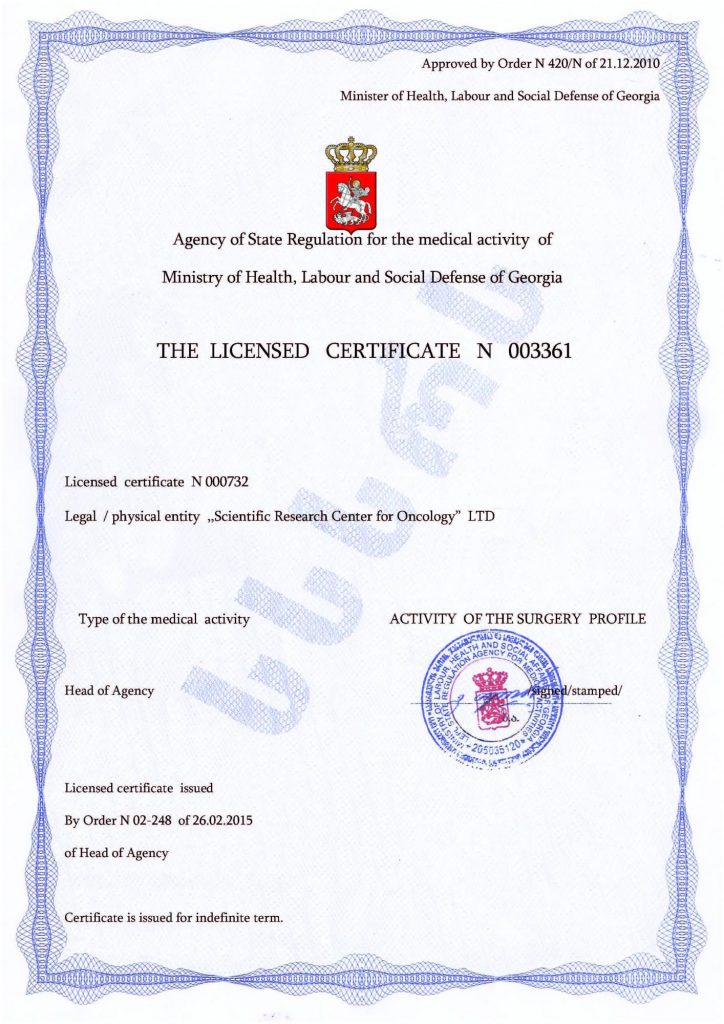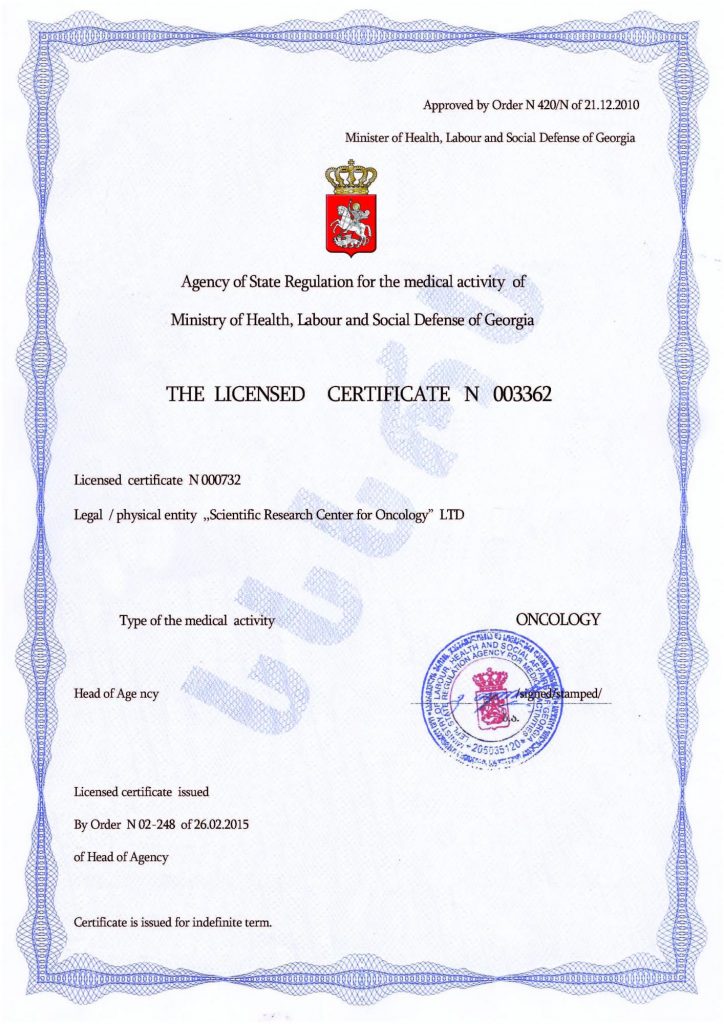Electricity, Magnets, and Vibration as Alternatives in Autism Treatment
In everyday life, children with autism face numerous challenges that others do not encounter. They often require support to overcome difficulties related to the disorder, including the development and improvement of motor skills. Experience has shown that the best results come through play, when the child is relaxed, behaving naturally, and less anxious about doing things “correctly.”
The role of physical activity in autism
Physical exercises for autistic children aim to build strength, develop the vestibular system, improve muscle coordination, boost endurance and mobility, and increase self-confidence. These activities primarily enhance gross motor skills. Over time, children start to perform movements reflexively, without overthinking each action. As a result, they gain better posture, walk steadily, maintain balance, and move more confidently — such as climbing stairs with ease.
Common physical issues in autism
- Developmental delays: Difficulty acquiring age-appropriate skills like lifting the head, rolling over, crawling, sitting, walking, or jumping.
- Low muscle tone: Needed for maintaining posture in sitting or standing positions. Its absence affects posture and gross motor development.
- Poor body awareness: Leads to coordination issues and increases the risk of injury.
Alternative methods of support
To address these issues, both traditional and unconventional therapies are used. While alternative methods may hold promise, their effectiveness is still under investigation. These approaches should complement, not replace, core treatments.
- Electrical stimulation — Techniques like transcranial magnetic stimulation (TMS) and transcranial direct current stimulation (tDCS) aim to adjust neural activity. TMS may affect brain plasticity and regulate behavior, while tDCS can enhance cognitive functions and focus.
- Magnetic therapy — Pulsed magnetic fields are sometimes used to improve sleep, reduce anxiety, and stimulate neural activity.
- Vibration therapy — The use of vibration platforms, tactile stimulators, and sensory vests can help with sensory regulation, stress relief, and improved concentration.
These methods can complement primary therapies but do not treat autism itself. Their limitations become clearer when compared to cellular therapy, which aims to restore proper brain structure.
Cellular therapy: a groundbreaking approach
This method uses stem cells that can transform into other types of cells and replace damaged ones. It has proven to be effective, safe, and natural. Treatment is possible at any age and often produces lasting improvements that enhance the impact of other therapies. Results can appear quickly and sometimes last a lifetime.
Leading clinics worldwide are already applying stem cell therapy, including the Mardaleishvili Medical Center. Here, experienced specialists perform transplants using cutting-edge equipment. Treatment is more affordable than in many other countries, and the clinic offers full support with travel, accommodation, and rehabilitation planning.
Fill out the feedback form — take the chance to improve your quality of life.
Autism Treatment Center Videos
Autism treatment with own stem cells
Cord blood association congress
International Quality Crown
Autism Treatment Reviews
Autism treatment with own stem cells
The story of Alessandro (6 years old)
Autism Patient Testimonial - Stem Cell Treatment
Clients Testimonials

Anna – Sasha’s mother Read More
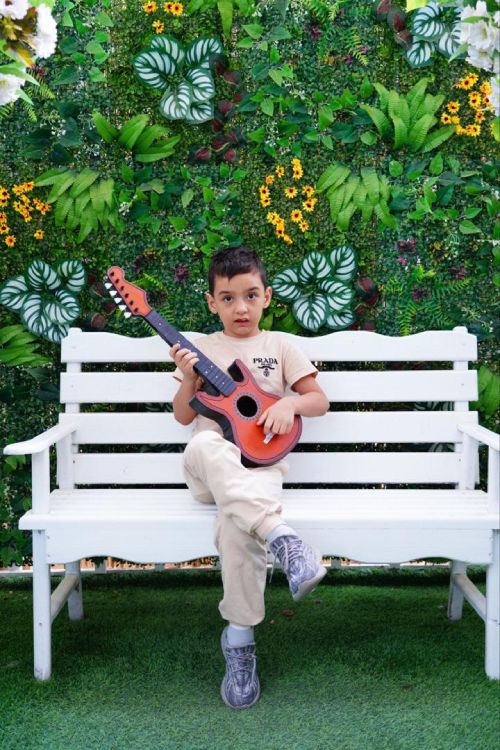
Amirkhon’s father — Tokhir Read More
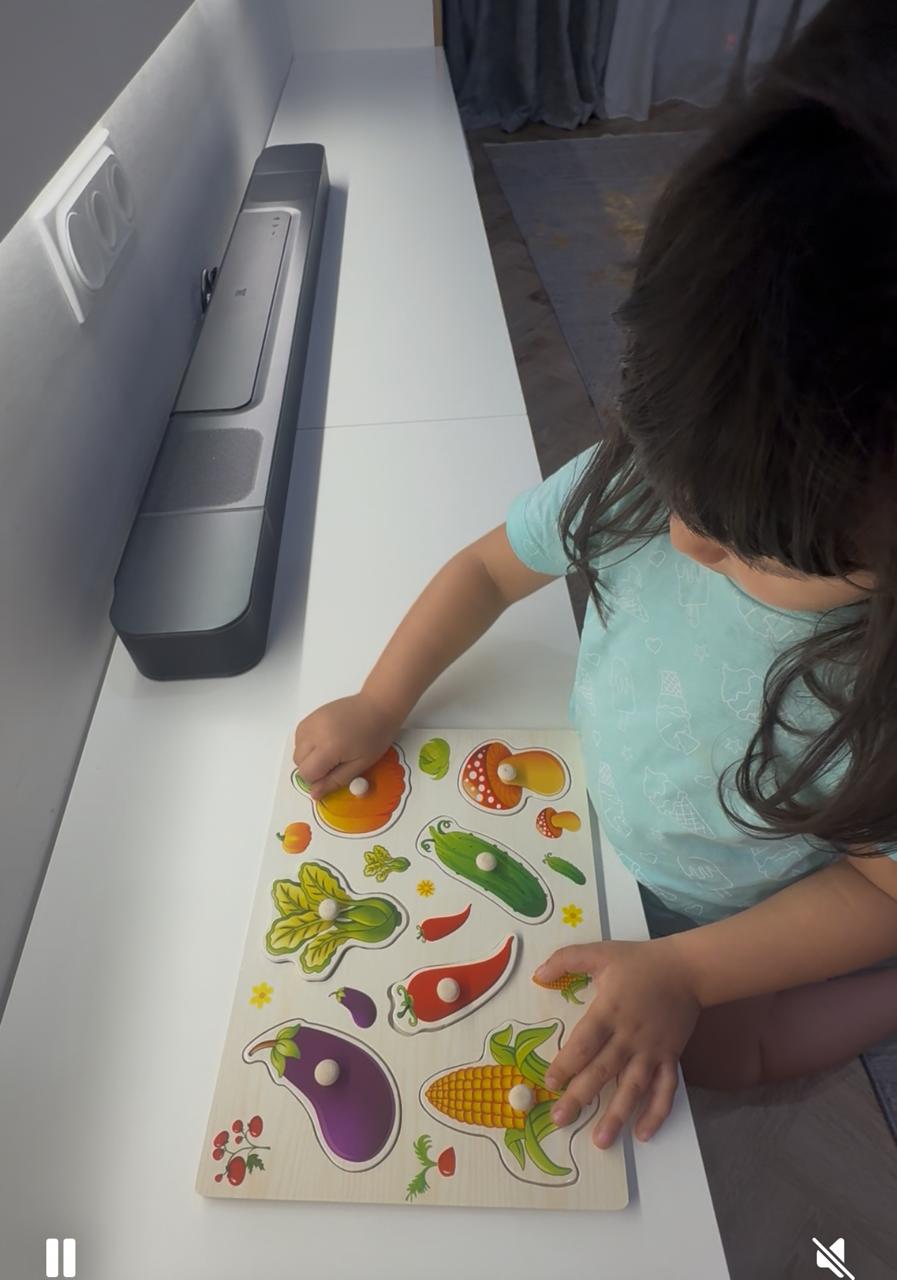
Dilana’s mother Read More
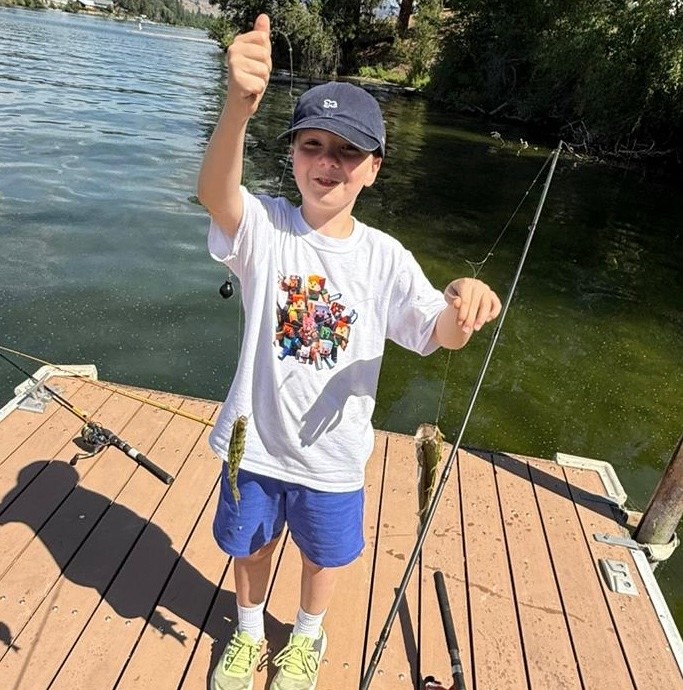
Irina and Stefan – Ilya’s parents Read More
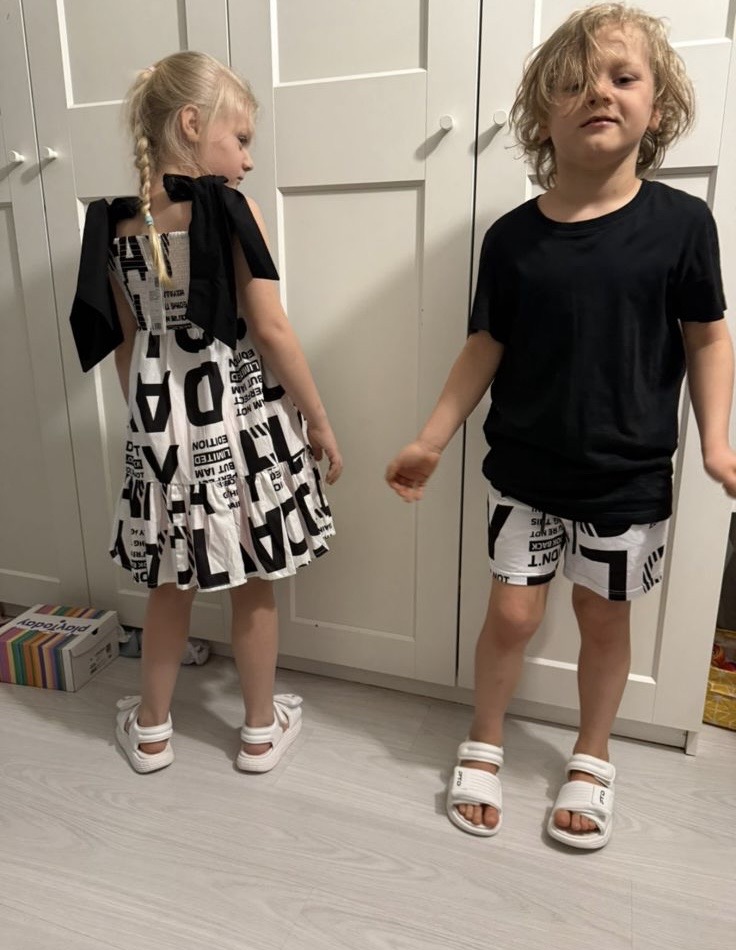
Kristina – mother of Nelly and Nik Read More
